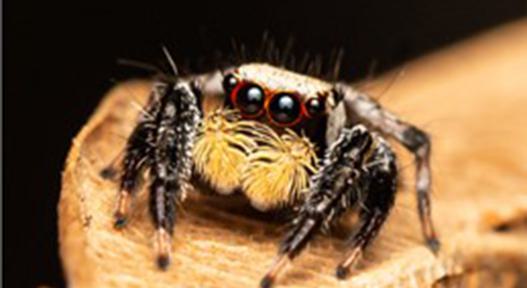Tenkana

- 23 Oct 2024
In News:
- A team of arachnologists has discovered a new genus of jumping spiders, Tenkana, found across southern India and northern Sri Lanka.
- The discovery includes two previously known species, Tenkanamanu and Tenkanaarkavathi, and introduces a new species, Tenkanajayamangali, from Karnataka.
Name and Origin:
- The name Tenkana comes from the Kannada word for "south," reflecting the geographical region where all known species of this genus are found—southern India and northern Sri Lanka.
- The genus belongs to the Plexippina subtribe of jumping spiders, which is distinct from related genera like Hyllus and Telamonia.
Key Findings:
- Tenkanajayamangali was first discovered in Devarayanadurga reserve forest, Tumakuru district, Karnataka, at the origin of the Jayamangali river.
- The new species was identified through genetic analysis and physical examination, showing it did not match any known species.
Physical Characteristics:
- The male and female Tenkanajayamangali exhibit distinct physical differences.
- The male has pale hairs covering most of its carapace, while the female is grey with a pattern.
- The ocular area of T. jayamangali is uniformly covered with white hairs, in contrast to T. arkavathi and T. manu, which have distinctive markings.
Habitat and Distribution:
- Tenkana spiders are typically ground-dwelling and prefer dry, open habitats like short grasses, leaf litter, and rocky outcrops.
- These spiders have been observed in Tamil Nadu, Puducherry, Karnataka, Telangana, Andhra Pradesh, and some areas in Sri Lanka.
- The male and female spiders of T. jayamangali were discovered in different regions, 2 km apart, at the hilltop and foothills of the same forest.
Ecological and Behavioral Insights:
- The Tenkana genus is considered endemic to India, with species observed in diverse regions such as Bengaluru, Yercaud (Tamil Nadu), and Bannerghatta (Karnataka).
- These spiders are found in complex microhabitats, like shaded short grasses with dry leaf litter or rocky outcrops in relatively dry habitats.
- The movement of Tenkana spiders resembles that of Stenaelurillus, another ground-dwelling spider species.
